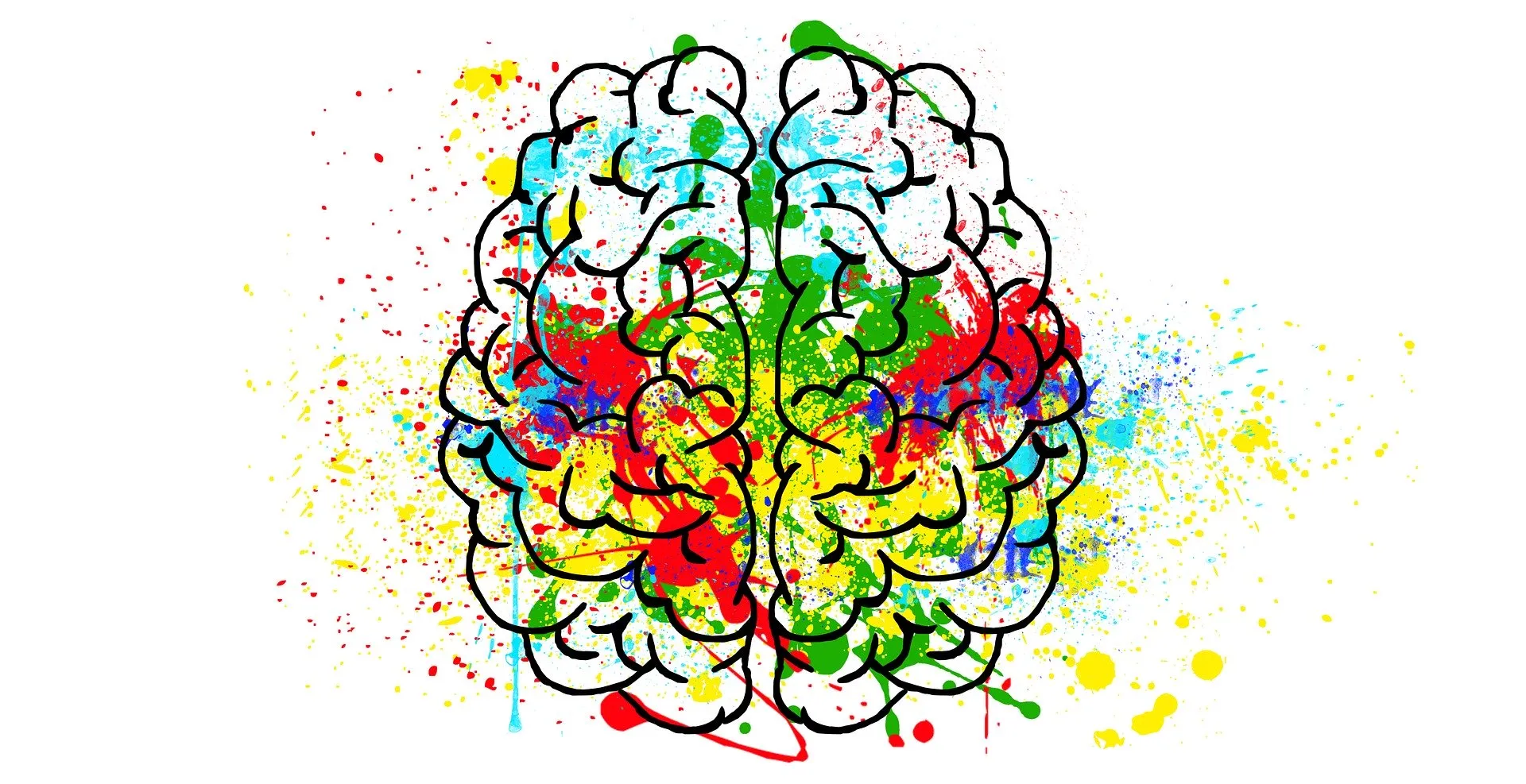Interacting with AI models like ChatGPT can be incredibly useful, but there are times when the information provided may not be accurate or relevant. Knowing how to effectively communicate when ChatGPT is wrong can help improve the interaction and ensure you get the most accurate responses. Here’s a guide on how to address inaccuracies and make the most out of your conversations with ChatGPT.
Understanding Common Issues
Before addressing inaccuracies, it’s helpful to understand common issues that might arise with AI responses:
Outdated Information: AI models may provide information based on data available up to a certain point in time. If you’re seeking the most current data or events, responses might be outdated.
Context Misunderstanding: Sometimes, the AI might not fully grasp the context of your question, leading to responses that don’t quite fit your needs.
Ambiguity in Responses: AI responses can sometimes be vague or generalized, which may not address your specific query accurately.
How to Address Incorrect Information
When you notice that ChatGPT has provided incorrect information, here’s how to effectively communicate this:
Be Specific About the Error
Clearly indicate what part of the response is incorrect. Instead of general statements like "That’s wrong," specify what information is incorrect and provide the correct details if you have them. For example, “The date provided for the event is incorrect; it actually happened in June 2023.”
Provide Correct Information
If you know the correct information, include it in your feedback. This helps the AI understand the correct context and improves the accuracy of future interactions. For instance, “The correct figure for the population is 7.9 billion, not 7.5 billion.”
Explain Why the Information is Wrong
If possible, explain why the information is incorrect. This can help in clarifying any misunderstandings and improving the quality of responses. For example, “The number of states in the U.S. is 50, not 51, because Puerto Rico is not a state.”
Request Clarification or More Details
If the response seems unclear or partially correct, ask for more details or clarification. This can help refine the answer and ensure it meets your needs. For example, “Can you provide more details about how this process works?”
Best Practices for Interacting with ChatGPT
To get the most accurate responses and effectively address inaccuracies:
Provide Clear and Detailed Queries: The more specific your question, the better the AI can understand and respond accurately.
Use Follow-Up Questions: If an initial response isn’t fully accurate or clear, use follow-up questions to refine the answer.
Verify Information: Cross-check critical information from multiple sources to ensure accuracy, especially for important or sensitive topics.
Handling Repeated Mistakes
If ChatGPT consistently makes the same mistakes, consider:
Adjusting Your Queries: Rephrase your questions to provide clearer context or details.
Providing More Context: Include additional information to guide the AI towards the correct response.
Escalating the Issue: If feedback mechanisms are available, use them to report persistent issues.
FAQs
How can I ensure that my feedback helps improve ChatGPT’s responses?
Providing clear, specific, and detailed feedback helps the AI understand and correct inaccuracies more effectively. Including correct information and explaining the issue also contributes to better responses in future interactions.
What if I’m not sure about the correct information?
If you’re unsure about the correct information, ask for clarification or additional details. This can help refine the response and provide a more accurate answer.
Can I provide feedback directly to improve the AI’s accuracy?
While you can provide feedback during your interactions, improving the AI’s accuracy often involves ongoing training and updates by its developers. Your feedback helps, but broader improvements come from data and model updates.
What should I do if the AI consistently provides incorrect information?
If the AI consistently provides incorrect information, try rephrasing your questions or providing more context. If issues persist, it may be helpful to consult additional sources or seek assistance from experts in the relevant field.




















.jpg)